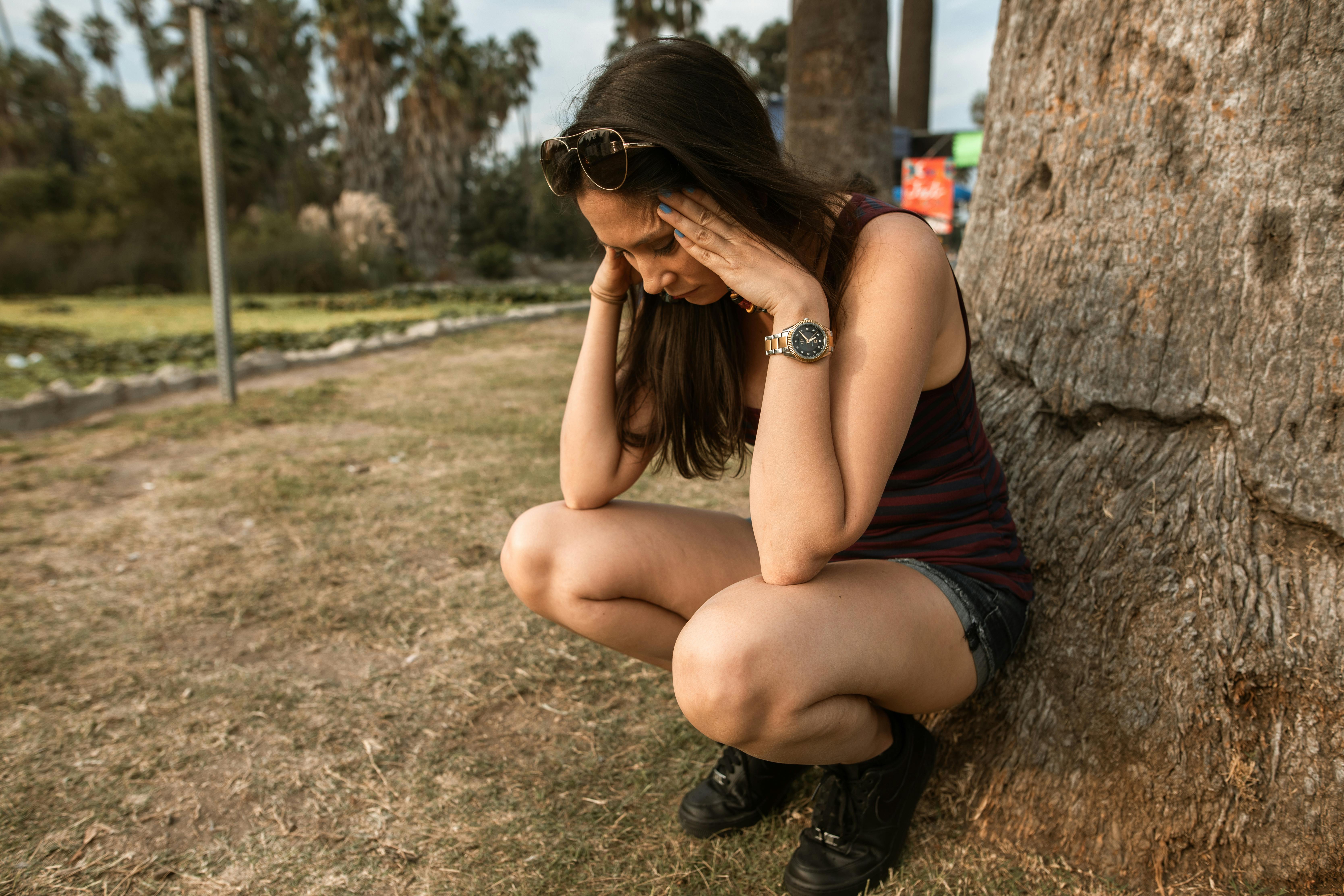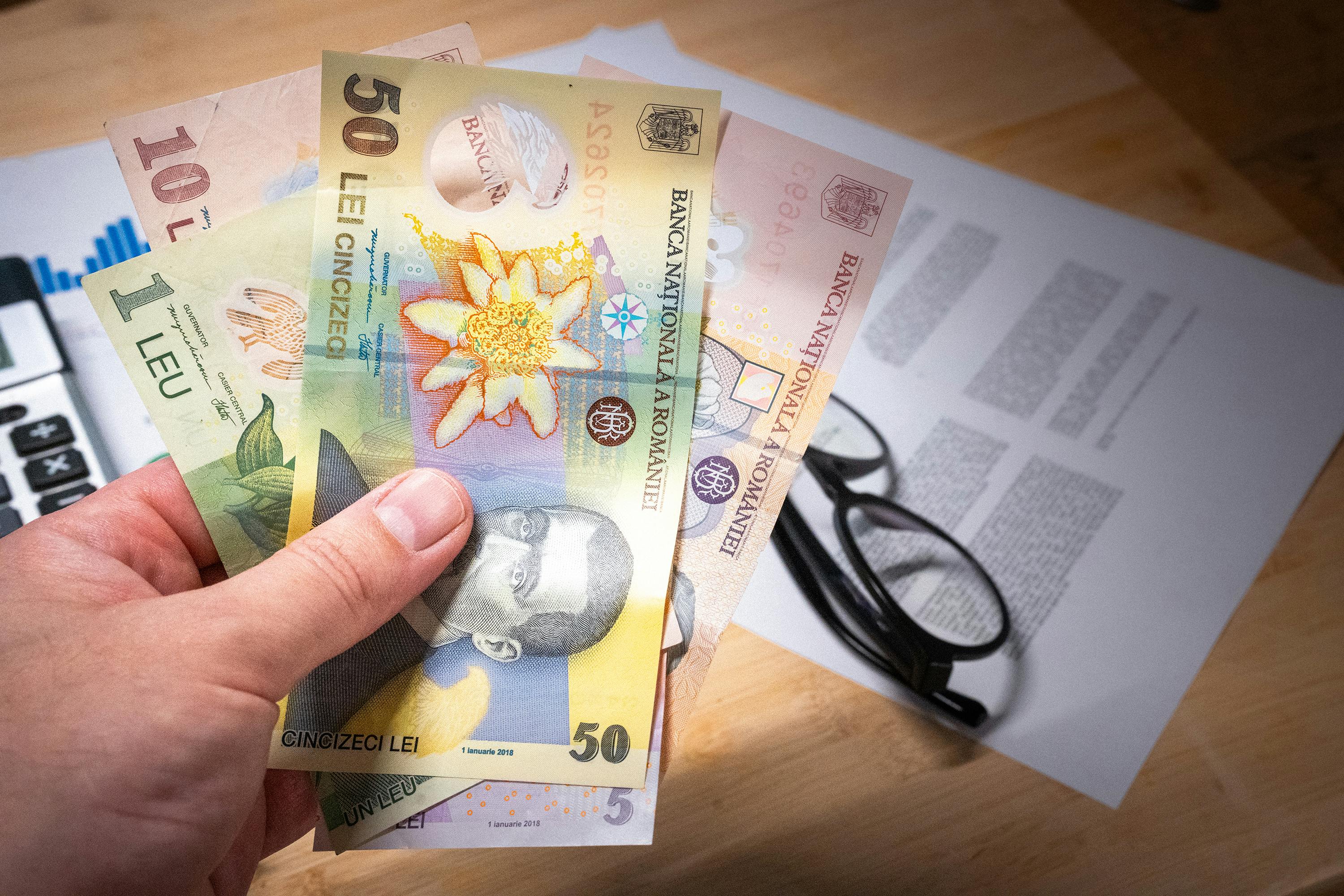Navigating the Unseen: Understanding Anxiety in the Modern World
Anxiety is not a recent phenomenon, its presence can be traced back to ancient civilizations. The Greeks, for instance, had a term for it - 'Agonia' which directly translates to 'mental struggle'. On the other hand, the Romans believed that anxiety was a result of 'melancholia', an imbalance of bodily fluids. Fast-forward to the Victorian era, anxiety was termed as 'nervousness' and was seen as a symbol of the upper class, owing to their lavish and leisurely lifestyles.

In the 20th century, the concept of anxiety became more formalized with the advent of psychoanalysis, primarily due to Sigmund Freud. He viewed anxiety as a result of repressed and unresolved internal conflicts. Since then, our understanding of anxiety has evolved, becoming a recognized mental health concern with the advent of the Diagnostic and Statistical Manual of Mental Disorders (DSM) in 1952.
Anxiety in the Current Age
In today’s world, anxiety disorders are one of the most common mental health conditions, with the World Health Organization (WHO) estimating that nearly 264 million people globally suffer from it. Anxiety is often a response to stress, and with the increasing pace of life, societal pressures, and the advent of the digital age, it is no surprise that anxiety disorders are on the rise.
Yet, despite its prevalence, anxiety remains stigmatized and misunderstood. A common misconception is that anxiety is merely an exaggeration of normal stress or worry, but in reality, it is a debilitating condition that can significantly affect a person’s quality of life.
The Impact of Anxiety: A Closer Look
Anxiety disorders can manifest in many forms, from generalized anxiety disorder (GAD) to panic disorder, social anxiety, and specific phobias. These can lead to a variety of physical and psychological symptoms, including restlessness, difficulty concentrating, and panic attacks, which can hinder day-to-day functioning.
There are also economic implications. According to a study published in the Journal of Clinical Psychiatry, anxiety disorders cost the U.S. more than $42 billion a year, nearly one-third of the country’s total mental health bill. This cost includes the loss of productivity at work, increased healthcare expenses, and an increased risk of physical health problems such as heart disease.
The Role of Modern Society in the Rise of Anxiety
Modern society, with its fast-paced lifestyle, competitive work environment, and the influence of social media, plays a significant role in the rising trend of anxiety disorders. The constant comparison with others, the pressure to succeed, and the bombardment of information can create an environment ripe for anxiety.
Furthermore, the ongoing COVID-19 pandemic has exacerbated anxiety disorders. A study published in The Lancet Psychiatry journal noted a significant increase in anxiety levels during the pandemic, primarily due to uncertainties related to health, job security, and social isolation.
Strategies to Manage Anxiety
It’s crucial to remember that while anxiety is a widespread condition, it’s also highly treatable. Cognitive-behavioral therapy (CBT) is one of the most successful treatments, helping individuals to change their thought patterns and behaviors that trigger anxiety.
Pharmacological treatments, such as anti-anxiety medications, can also be effective. However, they should be used under medical supervision due to potential side effects and the risk of dependency.
In recent years, there’s been a growing interest in mindfulness practices to manage anxiety. Techniques such as meditation, yoga, and deep breathing can help to reduce anxiety symptoms by promoting relaxation and increasing awareness of the present moment.
Moreover, lifestyle changes such as regular exercise, a healthy diet, adequate sleep, and reducing caffeine and alcohol can also significantly impact anxiety levels.
A Call for Greater Understanding and Empathy
As we navigate the complexities of the modern world, it’s crucial to understand that anxiety is not merely a sign of weakness or a character flaw. It’s a real and serious mental health condition that requires understanding, empathy, and appropriate treatment.
By shedding light on the historical context, current prevalence, and the impact of anxiety, we can move towards a society that not only acknowledges anxiety disorders but also provides the necessary support and resources for those affected. As we deepen our understanding, we can help to alleviate the suffering of millions and create a healthier, more understanding world.




